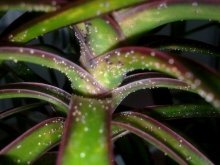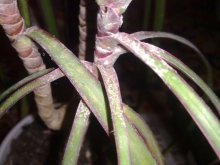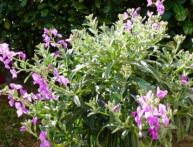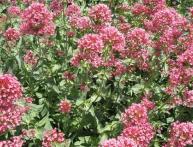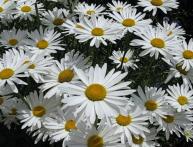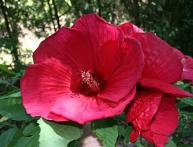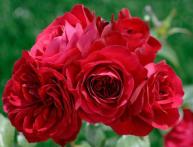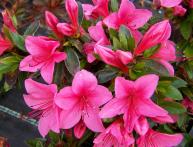Dracaena: diseases to which it is susceptible and ways to combat them

Dracaena is one of the most popular indoor plants, and this is not at all surprising. An evergreen flower does not require careful care or adherence to strict rules, but it perfectly decorates a home and brings comfort and freshness to it. It is often used in offices and reception areas of large companies.
But even such an unpretentious plant faces different diseases. They can damage the flower gradually, or they can destroy it in just a few days. Therefore, you need to carefully monitor the condition of the plant and the color of the leaves. Let's look at the main diseases that can affect dracaena and how to deal with them.
Content:
- Diseases to which dracaena is susceptible
- Diseases that arise due to improper care of dracaena
- Pests to which dracaena is susceptible
Diseases to which dracaena is susceptible
In fact, there are a large number of diseases that Dracaena is susceptible to that can affect it. They are conventionally divided into several types, depending on what exactly caused disease at the flower.
Infectious diseases. The flower rarely suffers from such diseases, since it has a strong immunity that is quite difficult to break through. But if you notice dark or black spots on the leaves that are increasing in size and number, then most likely your plant has contracted Alternaria. If the spots are light brown in color, then this is heterospora.If the dark spots gradually dry out, then this disease is called phyllostictosis.
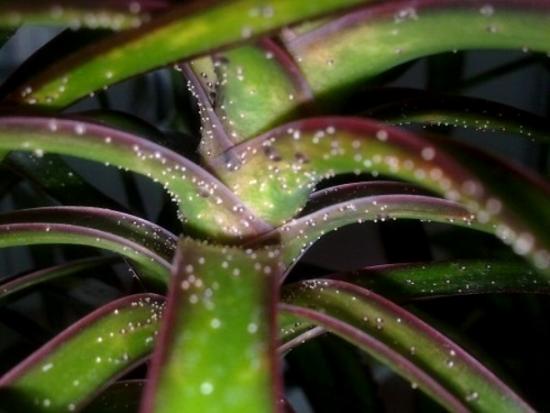
In any case, no matter what disease dracaena gets, it needs to be isolated from other plants as soon as possible so that the disease does not spread to other house plants. In order to get rid of diseases caused by infection, it is enough to thoroughly treat the leaves once with fungicides, which can be purchased at any flower shop.
But, in addition to the previously described diseases, infectious diseases also include bacteriosis. Its main signs are rotting black spots and greasy, oily streaks on the leaves. Get rid of this illnesses very difficult, and efforts do not always end in success. In this regard, most experts recommend immediately getting rid of the diseased plant, otherwise there is a risk that all plants will die from bacteriosis.
Diseases that arise due to improper care of dracaena
The person who cares for the plant is to blame for such diseases. Remember, each flower, just like a person, is individual, and what suits one flower well for another is unacceptable. If you notice that the leaves are turning yellow and drying out, there is no need to panic right away. Remember, normal leaf change occurs once every 2 years, so periodically dry leaves are normal.
But if young leaves begin to deteriorate and dry out, then you should reconsider caring for your dracaena. Mistakes that occur most often in caring for a plant can go away with experience. If the grower is not experienced, he should keep some tips in mind. An insufficient amount of light, or vice versa, its excess does not lead to anything good. If the flower does not have enough light, the leaves become dull.
To solve the problem, simply move the pot closer to a window or other light source. But in no case should you place the plant in the sun, it can get burned from direct sunlight and die.
The ideal place for the plant is the wall opposite the window, where sunlight enters, but is diffused. In winter time, you need to provide the flower with additional lighting. Incorrect amount of moisture that reaches the root system: perhaps you either flood the plant, or, conversely, forget to water it. If young leaves become less elastic and gradually begin to turn yellow, then this is a sure sign of excess moisture.
This means you need to water the plant less. Nutrient deficiencies. This can happen if the flower has already taken all the nutrients from the soil, but no new ones are arriving. There are also opposite situations: when you often fertilize a plant, and an overabundance of nutrients occurs. You need to fertilize the flower only during the period of active growth (spring) 1-2 times a month. The rest of the time, dracaena does not need feeding.
Unsuitable temperature conditions: when the room where the plant is located is too hot, or the dracaena freezes. The optimal temperature for the plant is considered to be +22-+28 degrees. Problems begin if the temperature is higher than 30 degrees, or lower than +10.
Pests to which dracaena is susceptible
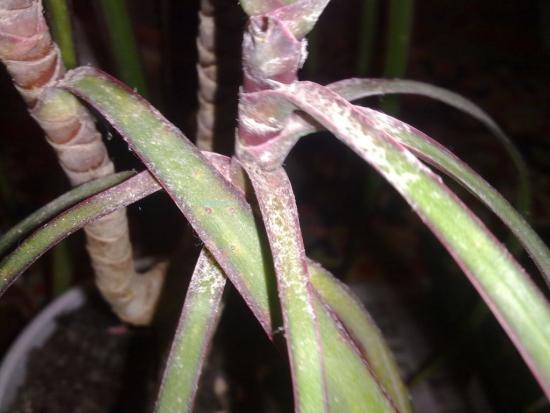
In addition to the diseases that we have already discussed, various factors can affect the condition of the flower. pests. Most often these are mites, scale insects or thrips. In order to determine which type of parasite is harming your plant, let's determine the main symptoms of each of them.
If a flower is infected by a scale insect, the leaves of the plant droop down and small brown insects are observed on them. In order to get rid of them, make a soap solution, wet a rag and wipe the entire plant, then treat dracaena any insecticide.
If there is a mite, the leaves droop, become limp, and a small cobweb appears on the back side. To get rid of mites, you need to thoroughly wash the flower with warm water. If this does not help, then you need to treat the plant with derris. Thrips is characterized by a change in leaf color, it becomes silver, and small black insects are visible at the bottom.
They are considered the most dangerous for the plant, and in order to remove them you will need to treat it with an insecticide more than once. Dracaena is a beautiful and unpretentious flower, with a strong immune system, which rarely gets sick. But if the plant already gets sick, you will have to tinker with its treatment. In order to avoid such a situation, before you get a dracaena, learn how to properly care for it. But dracaena will repay you in full for your care.
Video on how to help dracaena if its leaves are drying:

